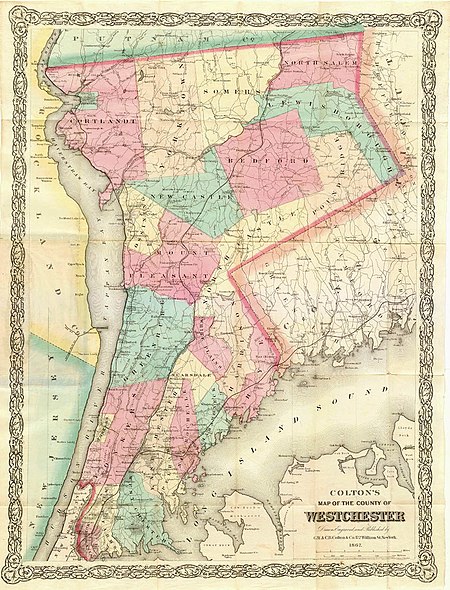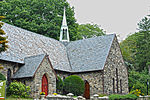Briarcliff Farms was a farm established in 1890 by Walter William Law in Briarcliff Manor, a village in Westchester County, New York. One of several enterprises established by Law at the turn of the 20th century, the farm was known for its milk, butter, and cream and also produced other dairy products, American Beauty roses, bottled water, and print media. At its height, the farm was one of the largest dairy operations in the Northeastern United States, operating about 8,000 acres (10 sq mi) with over 1,000 Jersey cattle. In 1907, the farm moved to Pine Plains in New York's Dutchess County, and it was purchased by New York banker Oakleigh Thorne in 1918, who developed it into an Aberdeen Angus cattle farm. After Thorne's death in 1948, the farm changed hands several times; in 1968 it became Stockbriar Farm, a beef feeding operation. Stockbriar sold the farmland to its current owners in 1979.
The farm combined a practical American business model with the concept of a European country seat or manor, with cows being milked constantly, and with milk promptly chilled and bottled within five minutes, and shipped to stores in New York City each night. The farm was progressive, with sterile conditions, numerous employee benefits, good living conditions for livestock, and regular veterinary inspections to maintain a healthy herd. The farm also made use of tenant farming, established working blacksmith, wheelwright, and harness shops on-site, was located around Walter Law's manor house, and constructed numerous buildings in the Tudor Revival architectural style.
Briarcliff Farms was the original location for the School of Practical Agriculture and Horticulture, established by the New York State Committee for the Promotion of Agriculture in conjunction with Walter Law. The school's purpose was to teach students in farming, gardening, poultry-keeping, and other agriculture-related skills. The school moved to a farm near Poughkeepsie in 1903, and the school building was run as a hotel for two years until it became Miss Knox's School. After the building burned down in 1912, Miss Knox's School was relocated several times; since 1954, the Knox School has been located in St. James, New York.










